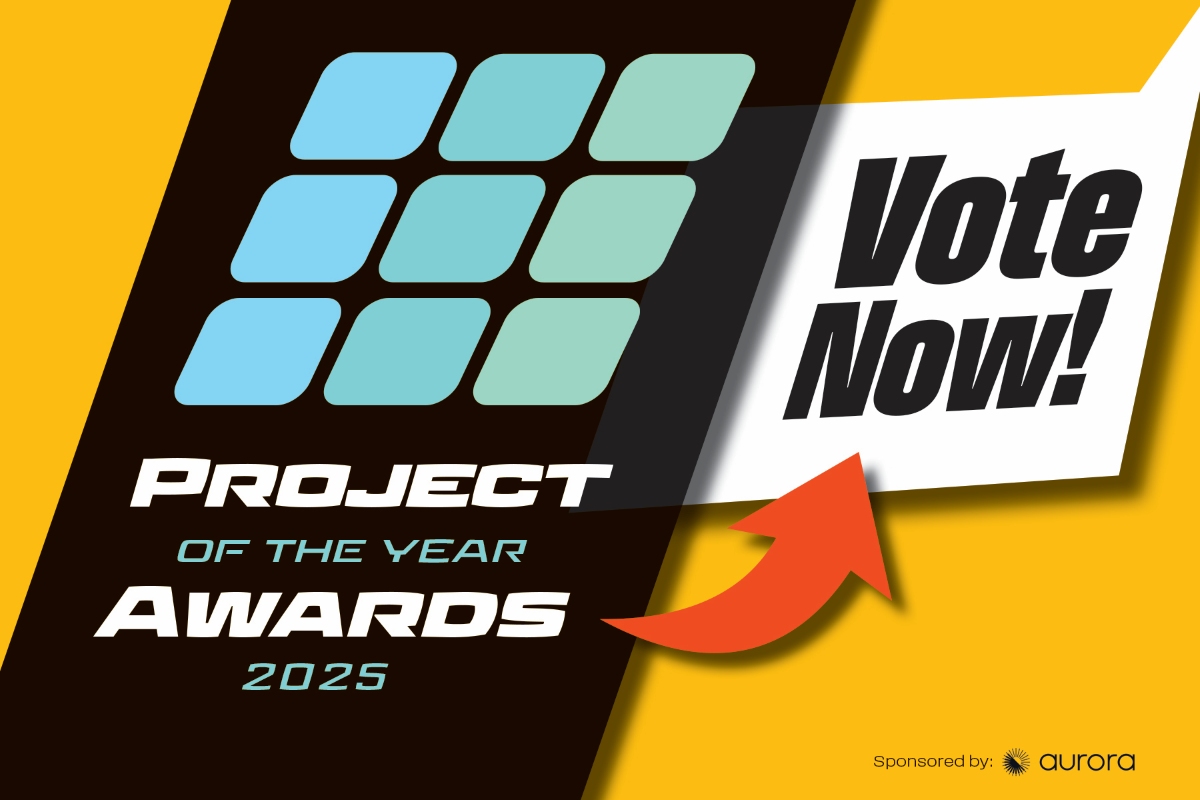Array Technologies Applies Lessons from the Wind Industry to the Solar Sector
“No matter what the political pressures are, I’ve noticed one common theme — ever since FDR decided to set up a controlled electricity generation industry in the 1930s, it all boils down to generation cost,” he says.
The cost that matters is the LCOE, which captures all lifetime costs of a project. In the wind industry, senior strategic managers at wind turbine OEM companies believe that wind is going to reach an LCOE lower than the marginal cost of gas plants within two more technology iterations. This could mean two more blade iterations or a tower iteration.
“Wind may eventually become lower cost than the feedstock in these natural gas plants,” Conroy says. “If the wind industry accomplishes this goal, it will be less expensive to build and run new wind plants than it will be to run existing gas plants. I think that solar has the same opportunity. Solar’s output is highly correlated to peak demand, which is the most expensive power to procure by far for utilities. As the solar industry continues to reduce LCOEs, solar will become the lowest cost peaking resource, where it doesn’t hold that position already. The cost progress that has been made and is continuing to be made in both industries has been phenomenal.”
New Tech Helped Wind, Can Help Solar
For the last five years, both the wind and the solar industries saw LCOEs reduce by about 10 percent each year. Conroy says this trend happened through technology innovations.

Array can deliver optimized component kits that contain the right amount of parts adjacent to where they will be used, minimizing the need to move a lot of materials around a jobsite.
“My last company commercialized a new utility-scale turbine tower for the wind industry that offered the value proposition of being taller for the same cost,” he says. “Taller towers reach stronger and more laminar winds and therefore generate more power. With no incremental costs to go taller, all of the extra power generated translated into additional revenue that could increase the owners’ bottom lines or allow them to be competitive in the industry with lower LCOE. I’m a huge fan of new technologies that drive down generation costs.”
In 2008 there was a boom in wind installation, and the industry went through a period of new players. Some were brand new to the industry, and others were new to utilities, all of which created a Wild West-like environment, in which many new designs were deployed.
“We learned that not all new designs were ready for prime time in terms of utility-scale quality and reliability,” Conroy says. “Unfortunately, some of the turbine makers with new technologies underwent many field fixes that required shutdowns and had to pay liquidated damages.”
Then the financing entities reacted. They either placed significantly higher financing costs on the projects or stopped financing the equipment altogether. Ultimately, the OEMs left the U.S. market, or, in some cases, went out of business. Now, Conroy says, it’s more difficult to introduce new technologies that are untested. The process requires a very slow approach, involving testing for years to find out if a new technology is utility-scale ready.
“There are some parallels to be made in the solar industry with so many new technologies coming to market,” Conroy says. “It will be interesting to see which of them will survive the shakedown and how the industry deals with the same issues.” In this regard, Array is incredibly well positioned, building on an installed base of 5,700 MW years.
“We have traveled down the learning curve of extensive field experience and have already seen what nature and time can throw at us. We apply continuous improvement techniques and track the field performance of our systems, so we are confident that ATI’s availability is the industry’s highest.”
Future Plans
Conroy’s No. 1 focus for Array is driving its value proposition, which is to provide the lowest LCOE tracker solutions in the world. Array focuses on LCOE because that metric delivers the highest value projects to developers and finance entities. In this way, Array will drive the industry forward. “Our next step along this path is our latest product iteration, version 3 of our DuraTrack HZ product that will be shipping in volume this summer and incorporates a number of enhancements,” Conroy says.




